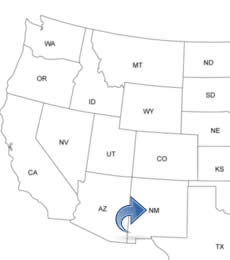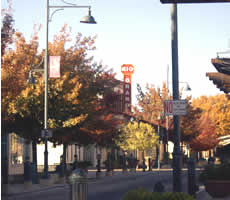NEW MEXICO PEOPLE SEARCH!
- ✔ Contact Info
- ✔ Phone Numbers
- ✔ Criminal Records
- ✔ Income Info
- ✔ Neighbors
- ✔ People's Age
- ✔ Property Ownership
- ✔ And Much More
Las Cruces, New Mexico
Las Cruces is located in the south-central part and is the second largest city in the U.S. State of New Mexico. The City of the Crosses. Las Cruces is one of the fastest growing area in New Mexico and among the top in the USA. Las Cruces has ranked in the top for years on Forbes list of Best Small Metro Area for Business and Careers. It is also ranked by the Money Magazine as One of the Best Places to Retire. In the city, you will find 87 city parks, 18 tennis courts, and 4 golf courses.
To See And To Do In Las Cruces
- New Mexico Farm And Ranch Heritage Museum
- The Branigan Cultural Center
- Organ Mountains
- Las Cruces Museum of Art
- Las Cruces Museum of Natural History
- Las Cruces Railroad Museum
- See The Painted Water Tanks
History Of Las Cruces - Timeline
Long before the Europeans came, the Manso Indians lived in the area. In 1535, the first European to reach the area was the Spanish explorer Cabeza de Vaca. In 1598, the area was colonized by the Spanish. It remained under Spain's control for over 200 years. In 1821, the Mexican Empire claimed ownership.
After the Mexican-American War, in 1846–48, the United States became the owner of the territory and Las Cruces was founded in 1849 when the US Army laid out the town plans. Settlers quickly claimed plots, and gold miners came hoping to get rich. Also in 1849, the first mine was established. In 1859, St. Genevieve's Catholic Church was built. In 1870, Bradford Daily and his wife Maricita built the Nestor Armijo House.
In 1881, the railroad was completed and the first train reached Las Cruces. In 1888, the New Mexico State University at Las Cruces was founded. In 1907, Las Cruces was incorporated as a town and the William Conroy Honors Center was built. It was first built as a YMCA building.
In 1908, Pat Garrett, the lawman who killed Billy the Kid, was shot in the back of the head and killed. The burial in Las Cruces marked the end of the Wild West era. In 1911, Phillips Chapel was established and it was the first black church in Las Cruces. In 1916, the dam at Elephant Butte was completed. In 1926, the Rio Grande Theatre opened.

